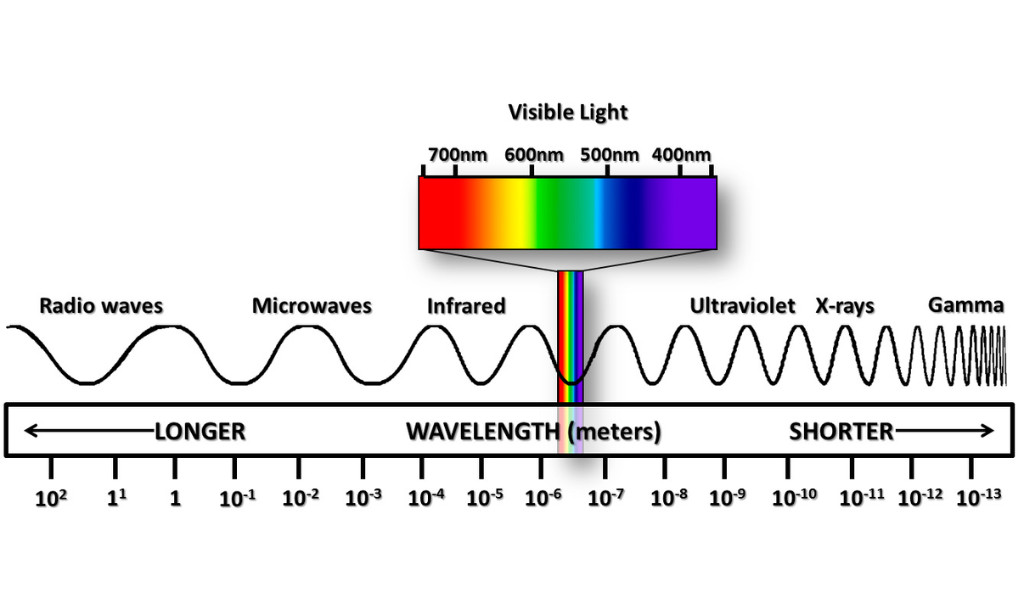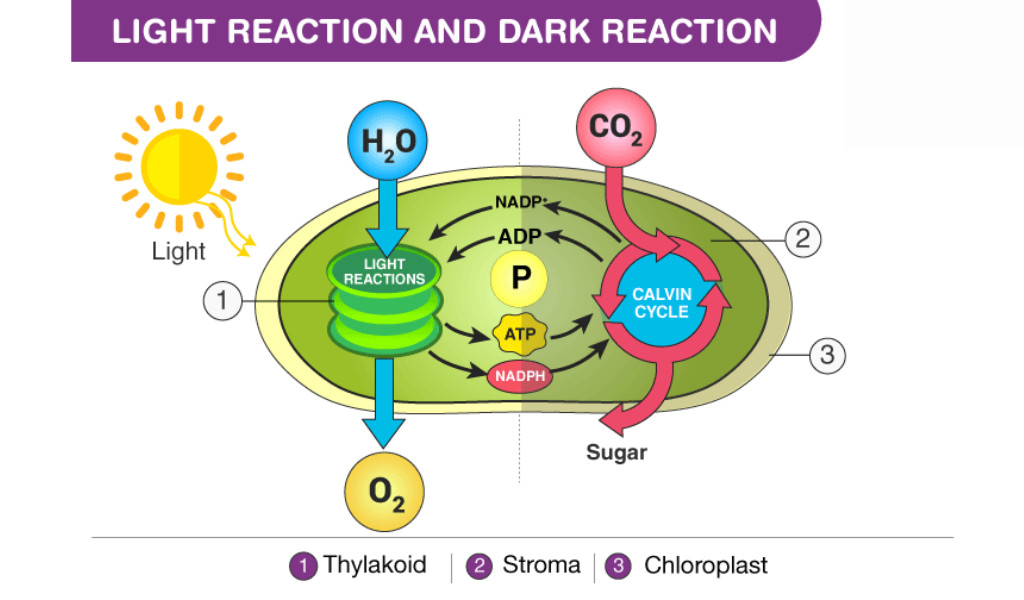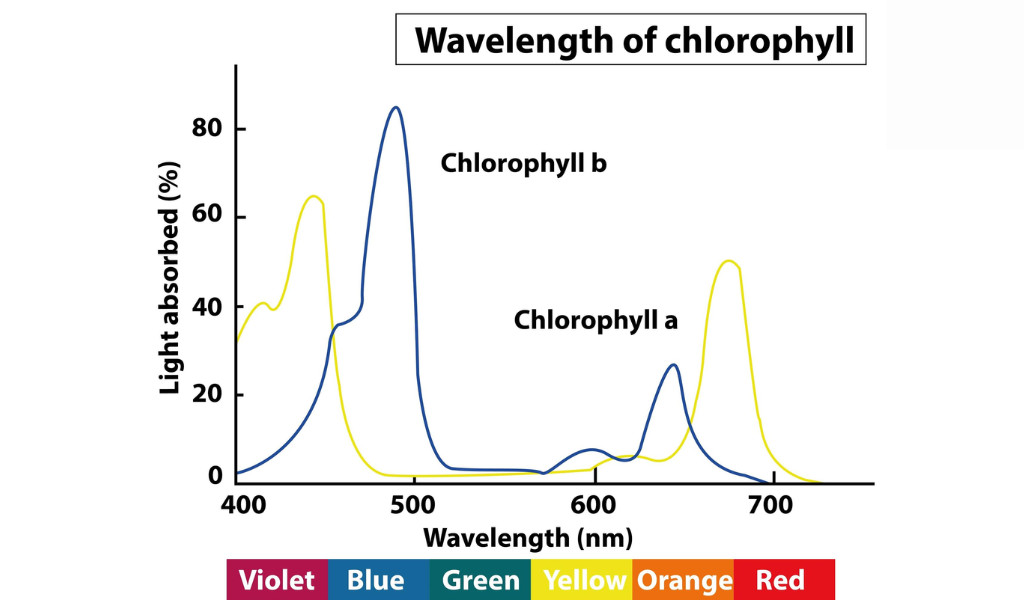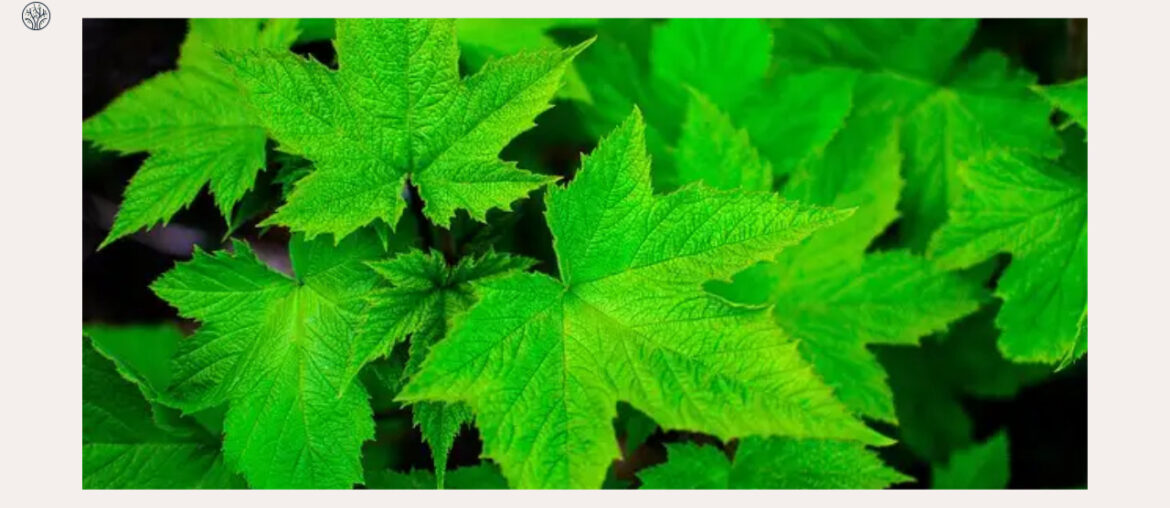Why do most leaves appear green?
Why not black, pink, or purple?
In this article, we will uncover the science and secrets behind this phenomenon of leave color and delve into the role of a remarkable pigment known as chlorophyll and its connection to photosynthesis. By the end of the article, you will gain a deeper understanding of the world of plants.
But before that, let’s start with the basics: Leaves are the organs of plants that are responsible for photosynthesis, the process of converting light energy into chemical energy. Photosynthesis is essential for plants to survive and grow, providing them with food and oxygen.
Exploring The Electromagnetic Spectrum
Light is a form of electromagnetic radiation that travels in waves. The electromagnetic spectrum is the range of all possible wavelengths and frequencies of electromagnetic radiation, from gamma rays to radio waves.
Visible light is a small part of the electromagnetic spectrum that the human eye can detect. It consists of different colors, such as red, orange, yellow, green, blue, indigo, and violet. Each color has a different wavelength and frequency, with red having the longest wavelength and lowest frequency and violet having the shortest wavelength and highest frequency.

When light hits an object, some of it is absorbed, some of it is reflected, and some of it is transmitted. The color of an object depends on which wavelengths of light are absorbed or reflected by its surface. For example, a red apple appears red because it absorbs all other light colors except red, which is reflected in our eyes.
Role Of Light In Photosynthesis
Plants use light as a source of energy for photosynthesis. Photosynthesis involves two main steps: light reactions and dark reactions.

In light reactions, plants capture light energy and use it to split water molecules into hydrogen and oxygen. The oxygen is released as a by-product, while the hydrogen is used to produce a molecule called NADPH.
In dark reactions, plants use NADPH and another molecule called ATP (which is also produced in light reactions) to convert carbon dioxide into glucose, which is stored as starch or used for growth and respiration.
Plants have special pigments called chlorophylls that absorb light for photosynthesis. Chlorophylls are mainly found in the chloroplasts, the organelles that perform photosynthesis in plant cells.
There are two types of chlorophylls: chlorophyll a and chlorophyll b. Chlorophyll a is the primary pigment that initiates the light reactions, while chlorophyll b is an accessory pigment that helps to broaden the range of light that can be absorbed.

Chlorophylls absorb mainly blue and red light, which have high energy and are effective for photosynthesis. However, chlorophylls reflect or transmit green light, which has lower energy and is less useful for photosynthesis. That is why most leaves appear green because they reflect the green light that is not absorbed by chlorophylls.
FAQs
What is the primary pigment found in the chloroplast?
The primary pigment found in the chloroplast is chlorophyll a. Chlorophyll a is the pigment that initiates the light reactions of photosynthesis, which are the first step of converting light energy into chemical energy. It is the most abundant and universal pigment in plants and algae.
Why are plants green chlorophyll?
Plants are green because they contain chlorophylls, pigments that absorb blue and red light for photosynthesis and reflect or transmit green light. Chlorophylls are mainly found in the chloroplasts, the organelles that perform photosynthesis in plant cells.
Resources To Learn About Plant Biology
Knowing why most leaves appear green helps you appreciate the fascinating world of plant biology and the incredible process of photosynthesis. If you want to learn more about this topic or other things related to plant biology, visit the following websites:
- Ask A Biologist: A platform that provides online resources and activities for students and teachers to learn about various aspects of biology, such as plants, animals, cells, genetics, and ecology.
- Vedantu: This website provides online tutoring and learning resources for students. There are articles, videos, quizzes, and live classes on various plant biology topics, such as photosynthesis, plant anatomy, plant physiology, etc
- John Innes Centre: Here is a research institute that focuses on plant science, genetics, and microbiology. The institute’s website features news, blogs, podcasts, videos, and publications on the latest discoveries and innovations in these fields.
- Live Science: A news website that covers topics of interest for science enthusiasts. The website also offers numerous features, reviews, opinions, and galleries. Use it to find articles and news on the website about plant evolution, photosynthesis, and the latest botanical discoveries.
The Bottom Line
In conclusion, why do most leaves appear green? The reason is that leaves contain chlorophylls, pigments that absorb blue and red light for photosynthesis and reflect or transmit green light.
This knowledge allows us to better understand the complex relationship between plants and the environment, highlighting the importance of preserving green spaces and the balance of life on our planet. Follow us for more insights into the natural wonders that surround us and the vital role they play in our world.









